|Chris Ryba-Tures|
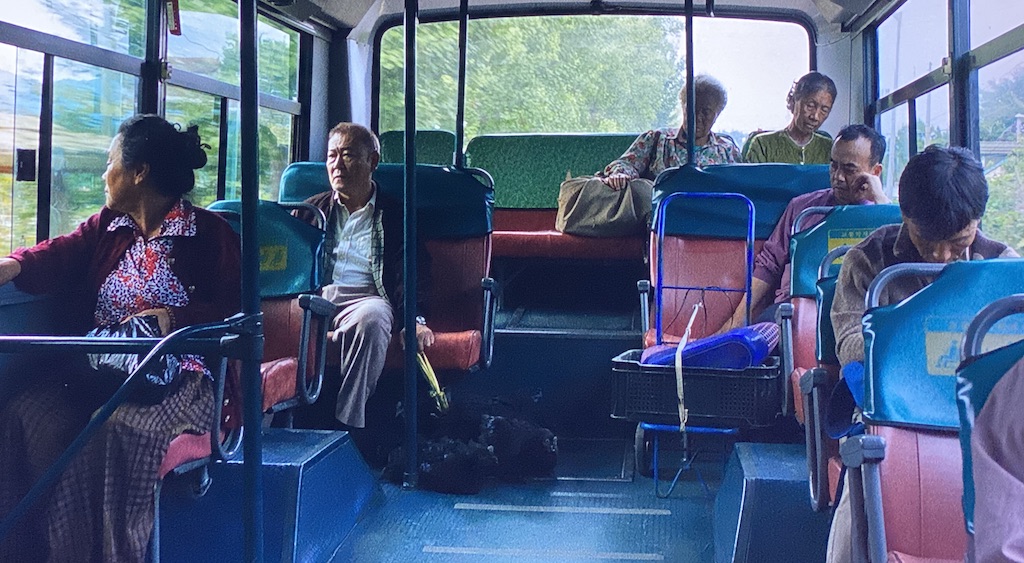
The Wailing plays at the Trylon Cinema from Sunday, October 13th, through Tuesday, October 15th. Visit trylon.org for tickets and more information.
When my parents first met, my dad was a Jesuit priest and my mom was studying to be a Catholic nun. While I may have started life as a “Child of the Cloth,” I’ve since become an outsider to the Catholic Church. Still, I’m Culturally Catholic (which, my wife insists, is “not a thing”). As a fourth-generation generically white American, Catholicism was the closest thing I’ve had to a culture of origin, giving me a basic framework for morality, community, tradition, history, mysticism, and mythology. Far as I’ve gotten from it, I still drop words like “liturgical” and “transubstantiation,” and know what separates a diocese from an archdiocese. I can still sing my way through Catholic bangers like “On Eagles Wings” and “Here I Am, Lord.” But today I’m walking broader, more accepting paths. I was a part of the Catholic Church, now I’m apart from it; an Other, with all the emotional, psychological, and spiritual baggage of an insider.
Most enduring of this baggage, second only to my crushing guilt for simply existing, is my deep magnetism toward exorcism movies. In our house, The Exorcist was the only movie my parents seemed to genuinely fear. My dad even told me about a real-life priest in his Jesuit community who killed himself following involvement in the rite. This only pulled me closer to the dark mysteries of the underworld. The Devil, tempting and terrifying all at once, was the scariest thing around, and I wanted to get close to him. But not too close. Movies seemed to be a safe enough distance to still get a good look.
When I was old enough, I went chasing down exorcism movies, starting with the best The Exorcist (1 & 3) and The Exorcism of Emily Rose, and later, the likes of The Last Exorcism, The Conjuring(s), and The Rite. It didn’t take long before all the trappings of the Rituale Romanium went staler than Communion wafers.1 Why did Christianity, specifically Catholics, have a monopoly on the cosmic battle between good and evil?
Turns out Christians knew the Devil before he was famous. In fact, they made him the embodiment of Ultimate Evil that he is today.
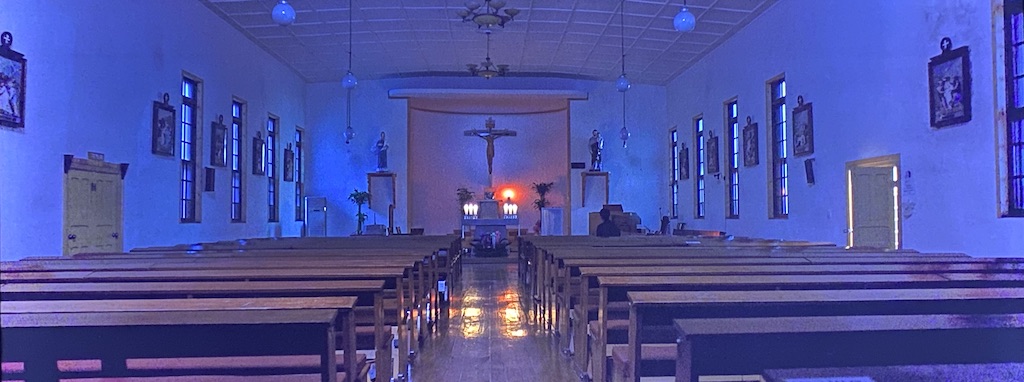
In The Origin of Satan, author and professor Elaine Pagels traces the development of Satan from his Hebrew beginnings around 700 B.C.E., when a satan was a minor supernatural being serving as little more than a faith-tester on God’s behalf. Over the next 800 years, a satan evolved into The Satan, commander of demons and intimate enemy of Jesus Christ and his followers; one who could attack from within and without.2
“Only Christians divided the supernatural world into two opposing camps,” writes Pagels. “None but the Christians preached—and practiced—division on Earth” (130). Pagels argues that Satan, the Devil, was effectively engineered by the “Big Four” Gospel authors and early Church leaders to be more than an explanation for sinful temptations and the inexplicable evils of the world. He was a supernaturally charged social wedge used to unify first- and second-century Christians against those unlike themselves: the Jews (Pharisees and non-Christian Jews), then the Pagans (primarily Romans), and ultimately Heretics (non-conforming Christians). Since then Christians have cultivated in millions of people “the profoundly human view that ‘otherness’ is evil” (184). To this day, this Devil holds the title of The Ultimate Other.
In 2016, The Wailing (곡성군) arrived—a gorgeous, ambitious, genre-bending epic that expanded, reimagined, and reinvigorated the genre thanks to its refreshingly non-Western lens. The story begins with local police investigating an outbreak of horrendous crimes in the rural village of Gokseong, all of which seem to coincide with the arrival of a mysterious Outsider (Jun Kunimura). Officer Jong-gu (Kwak Do-won), a local cop and family man, soon finds the horror falling a little too close to home as his young daughter (Kim Hwan-hee) begins exhibiting disturbing behavior. Without a clear cause, townsfolk point to the Outsider. Tensions rise. The fight for answers, sanity, and soul begins, complete with one of the most electrifying exorcism rites ever presented on film.
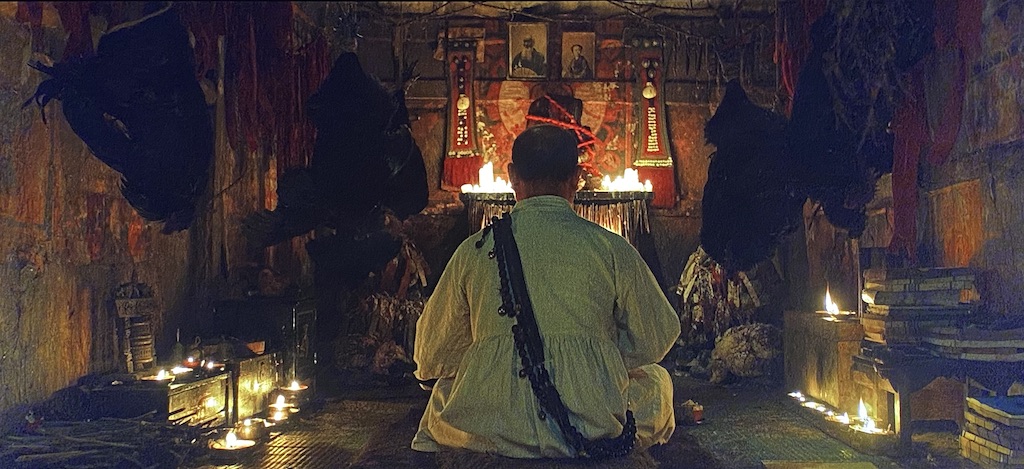
While much of this may seem familiar, writer-director Na Hong-jin has crafted in The Wailing a singularly masterful, trope-twisting, sneakily complex story of provincialism, xenophobia, faith, and family that’s as thrilling as it is terrifying, hilarious as it is heartbreaking, and flat-out beautiful to behold. The cops are bumbling buffoons, spending more time screaming and fumbling than solving anything. Our “exorcist” is a flashy, charismatic shaman (Hwang Jung-min). At the same time, our representative of Western religion, a mild-mannered Catholic Deacon (Kim Do-yoon), is little more than a Japanese-Korean translator. Jong-gu’s daughter, Hyo-jin (Kim Hwan-hee) is an age-appropriately adorable child but also demonstrates “freakish” maturity and parentification. There’re weather accidents and dark rituals and zombies and ghosts and mean-looking skin rashes and backseat love making and killer mushrooms and more.
It all works.
Do you want an even balance of sustained dread, visceral scares, and resonant emotional stakes? Done. Do you dig psychological ambiguities that invite you into interpretable mysteries, rather than alienate you with impenetrable riddles? C’mon in. Tired of the same old God vs Satan story? You’re in luck—Na Hong-jin triangulates, then quadrangulates the cosmic battle on a gameboard of tremendous natural beauty and acute human ugliness. For all these reasons and more, I’ve loved it from the first time I saw it, and that love has only gotten stronger.
However, The Wailing‘s treatment of the Other has never sat quite right with me; even when I, like nearly everyone in the film, am convinced he is the Devil. You see, the specific Other blamed for all the horror is Japanese (Credited as “The Outsider”), and we are continually prodded to suspect him because he is ethnically, culturally, and socially an Outsider. As we stick close to Officer Jong-gu, we look for reasons to believe the Outsider is not just a menace, but a monster responsible for ravaging the town and influencing his daughter. When the Outsider’s “true” identity is revealed, we’re absolved of any guilt for vilifying the Other based solely on suspicion, belief, or vibes rather than, say, evidence.
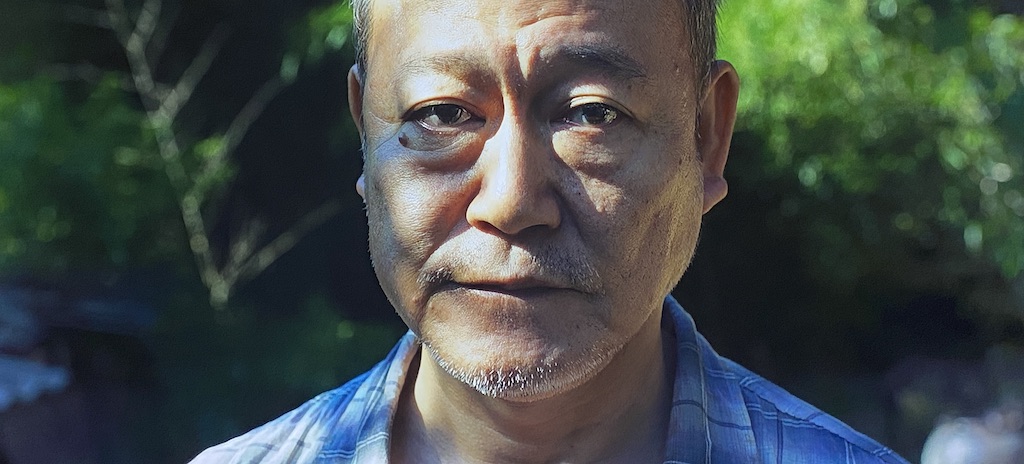
“You suspected a foreigner of being responsible for everything bad happening in your town—and you were right! Don’t trust foreigners!” Is that what The Wailing is trying to say? Yikes! That’s alarmingly close to lies being spewed by our current Republican Presidential ticket. Is this movie pro-xenophobia? It does a great job of progressively adjusting our perception of the Outsider from stranger to less-than-human to evil incarnate. He is never named, referred to in degrading epithets including, “Jap,” “pervert,” and “not even human.” And what justifies this dehumanization?
- A hunter reports seeing the Outsider a diaper, gnawing on the guts of a freshly killed deer.
- Townsfolk say a woman involved in one of the crimes was raped by the Outsider just prior.
- A strange Woman in White (Chun Woo-hee) reports that an old woman told her the Outsider is not human but an evil ghost.
- Jong-gu dreams of being persecuted by the Outsider, eyes glowing with hellfire.
Through clever edits, Na Hong-jin briefly shows us these rumors acted out as if they really happened. But in the reality of the movie, there’s no actual evidence of any of it. It’s all xenophobia-charged hearsay. But we want to believe our eyes, and the act of seeing makes Officer Jong-gu’s belief in these rumors all the more relatable. We are right there with him as Jong-gu worries more about his daughter’s worsening condition, and understand why he abandons his investigation in favor of vigilante justice.
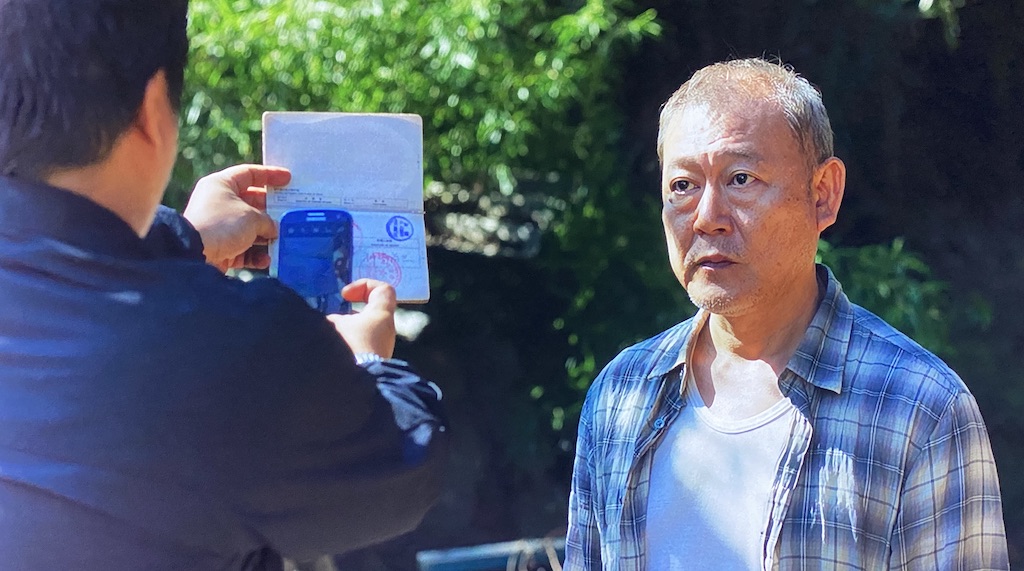
For the first half of The Wailing, Otherness is the only actual “crime” committed by the Outsider. Looking past the rumors, we see a quiet old man who spends his time fishing. An immigrant existing on the periphery of a closed community. An old hermit with strange religious practices and a macabre interest in crime scene photos. On suspicion alone, Jong-gu abuses his authority to persecute the Outsider. He breaks into the man’s home. He ridicules, demonizes, and desecrates his living space and personal possessions. He demands he prove his right to be in the country. There is zero attempt to understand this man or his practices, and, like anyone blinded by xenophobia, everything strange about the Outsider is perceived as grotesque.
The Outsider suffers these indignities with a dispassionate resignation as if he’s endured treatment like this for years. When pressed about what he “came [to Gokseong] to do,” the Outsider answers flatly, “Even if I told you, you wouldn’t believe me.” The verity of this statement is particularly weighty because it’s just as true for us at this point in the story as it is for Jong-gu. We’ve seen it with our own eyes. Our minds are made up. It doesn’t matter what the Outsider says or does to the contrary. Even later, as he is chased like a frightened, bloodied animal through the woods by an angry mob, we’re aligned against him. The second half of the movie goes on to feed our bias, eventually showing us that our xenophobia, as uncomfortable as it is, is substantiated.
But what if, instead of xenophobia uncovering the evil monster hiding in Goeksong, we suppose that xenophobia is the very thing that literally turns the Outsider into the embodiment of evil? When we finally do see the Outsider take the form of the Devil in a chilling confrontation with the Deacon, couldn’t it be that the Outsider’s transformation is into the monster xenophobia has made of him, rather than his evil nature finally being revealed?
It’s more than xenophobia that gives the Deacon the confidence to confront the Outsider and demand revelation. “That Christ [can conquer] Satan assures Christians that their own struggles and stakes are eternal and victory is certain. Those who participate in this cosmic drama cannot lose” (181) Pagels argues. The Deacon is taking up the torch of 2000 years of Christian, Devil-rooted xenophobia with the certainty of the desperately faithful:
Deacon: Let me ask you one thing: what is your true form?
Outsider: What do you think is my true form?
Deacon: You’re the Devil. Why can’t you answer?
Outsider: You’ve already said it. I’m the Devil. Isn’t that right? You’re already certain I am the devil. My words, whatever I say, they won’t change your mind.
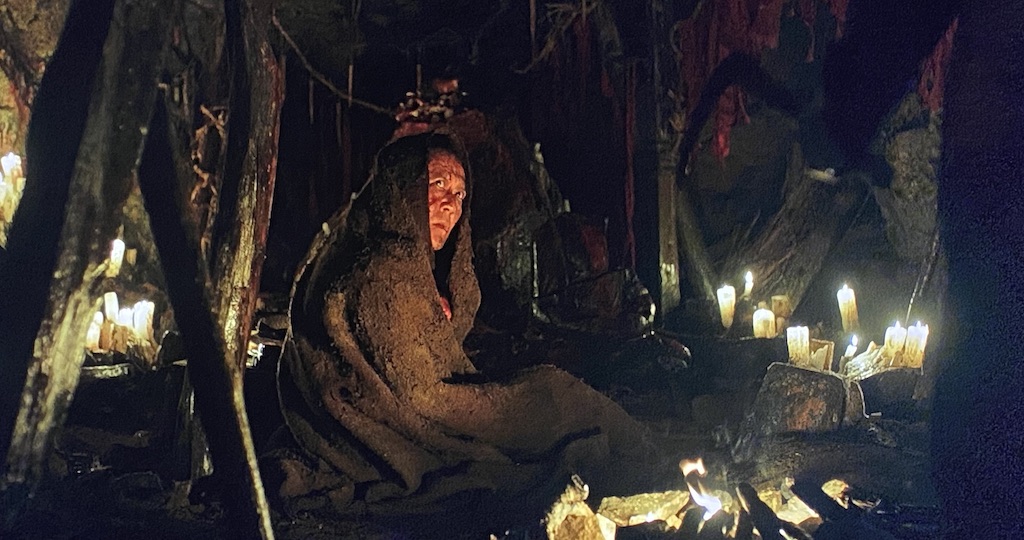
The Outsider resigns himself to the role completely, sprouting claws and horns, assuming a Westernized devil form we have not yet seen, even in the rumors. His metamorphosis into the Devil is not the result of the righteous overpowering the wicked, of good triumphing over evil; it is a physical demonstration of xenophobia’s power to diabolically vilify the Other; to dehumanize Others into the monsters we first fear, then believe them to be.
But there’s even more damage flowering from Gokseong’s provincialism and xenophobia. While all attention has been fixed on the Outsider, profiteers (the Shaman) and intimate enemies (the Woman in White) have wreaked havoc on the village from within, charging thousands for aid and spreading discord with impunity (respectively). So insidious, so damaging, so subtle their intrigues have been that when the fate of his daughter and family hinges on multiple conflicting versions of the truth, neither Jong-gu nor we know who or what to believe. At that point, there is no right choice. The damage, from without and from within, is irreparable.
Whether or not you entertain this former Child of the Cloth’s take on The Wailing, I think we can all agree that the xenophobia we see played out in the village of Gokseong is not unique to this village, or even Korea. It’s anywhere folks set themselves against those who are different. Anywhere faith trumps fact. Anywhere we see an adversary, a monster, The Devil, instead of a fellow human being. It’s in our homes, our communities, our halls of government. And while our xenophobia fixes our attention, commands our fears, and contorts the Other into monsters before our eyes, profiteers and intimate enemies confuse, divide, and destroy us from within.
Na Hong-jin wanted to make a movie that reflects the current climate of our society.3 Not only do I believe he accomplished this in The Wailing, I believe this reflection will horrify us for decades to come.
- Rosell Hope Robbins, “Catholic Rite of Exorcism,” The Encyclopedia of Witchcraft and Demonology (New York: Crown Publishers, 1959). ↩︎
- Elaine Pagels, The Origin of Satan (New York: Random House, 1995). ↩︎
- Interview, 180 Days of Making the Wailing, Neon Blu Ray Special Features. ↩︎
Edited by Finn Odum
